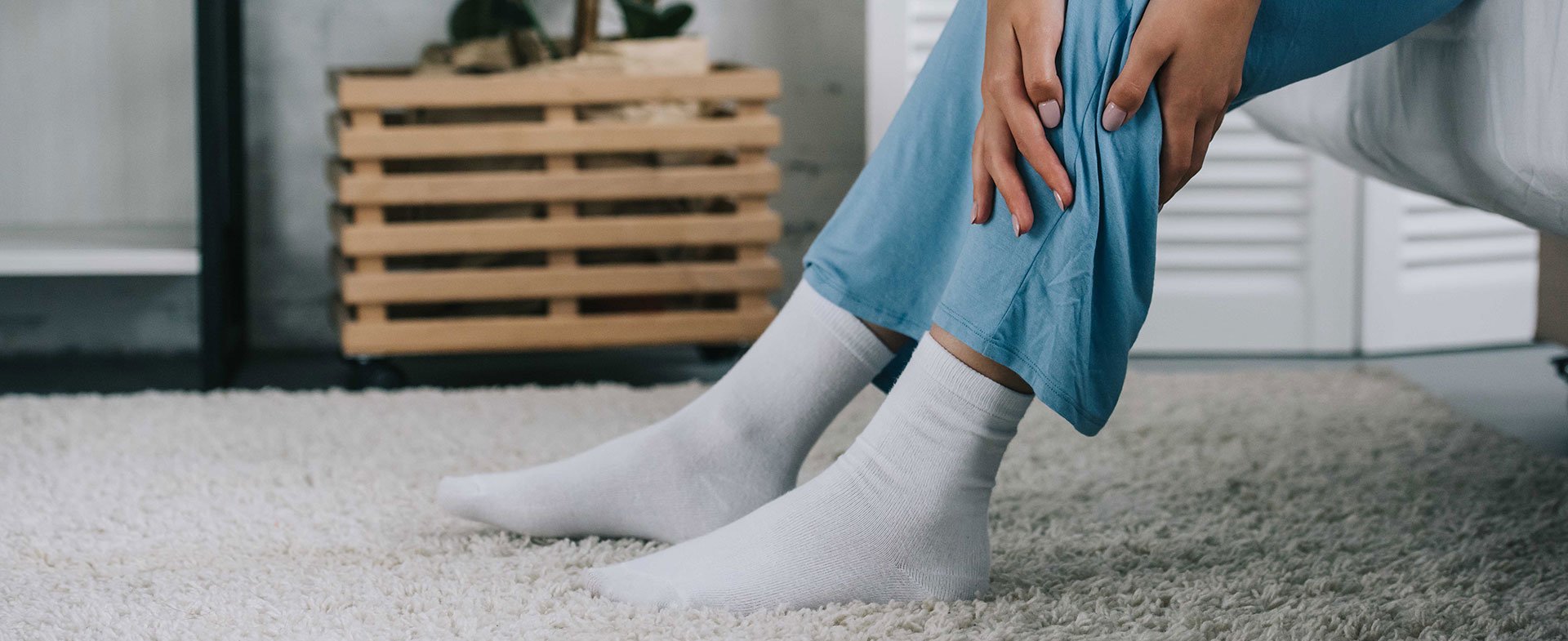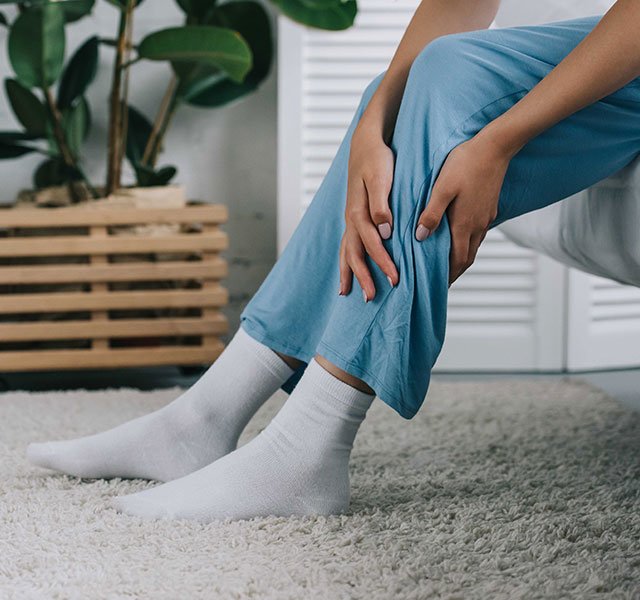Maybe you’ve felt it: You’re lying in bed, eager to doze off after a long day, but your legs feel fidgety — so much that you have to get up and move. You get out of bed and pace the room but the feeling’s still there. The culprit? It might be Restless Legs Syndrome (RLS).
“Restless Legs Syndrome refers to a subjective feeling that people have,” says Virginia Skiba, M.D., a sleep specialist with the Henry Ford Health. “People describe it differently but there’s an uncomfortable sensation and an urge to move the legs or, less commonly, the arms. Some people describe it as an itchy feeling, a crawly feeling — but it shouldn’t be painful.”
According to the National Sleep Foundation, RLS affects approximately ten percent of American adults and two percent of children. The condition is twice as common among women as men and can occur once a day, once a month or once a year.
Depending on how much RLS bothers you, however, the condition isn’t known to cause any serious medical issues.
“Right now, we don’t have any strong evidence that RLS has a harmful effect on the body,” Dr. Skiba says. “We treat it if it affects the person’s ability to be comfortable at night and to sleep.”
Before you seek treatment however, it’s helpful to know the causes behind the condition.
Causes Of Restless Legs Syndrome
RLS wasn’t widely studied until the 1940s. Since then, the medical community has identified several factors that contribute to RLS:
- Iron deficiency. Low iron levels are often cited as the strongest factor contributing to RLS. An iron deficiency can be affected by diet, stress or—oftentimes—pregnancy.
- Dopamine regulation. Dopamine—a chemical used by brain cells to communicate and coordinate movement—is another strong factor linked to RLS.
- Family history. If someone in your family has RLS, it will often appear in your 20s or 30s, Dr. Skiba says. If there’s no history of RLS present, it may occur later in your 40s or 50s.
- Medications. Antidepressants, antihistamines and anti-nausea medications can all lead to RLS.
How To Fix It
While sleepless nights caused by RLS can be frustrating, there are several ways to alleviate symptoms and maximize your Zzz’s:
- Exercise regularly. Daily exercise has been known to reduce feelings of restlessness in the limbs, but strenuous activity right before bed can lead to an even stronger desire to move around.
- Stretch before bed. Yoga, pilates or other stretching methods can often help calm the mind and body.
- Avoid stimulants. Nicotine, caffeine and alcohol can all exacerbate RLS.
- Soak in warm water. Taking a warm bath or spending time in a hot tub can ease restlessness and massaging the legs can also help reduce the sensation of discomfort.
- Try medication. Several medications can help alleviate RLS, including Mirapex (pramipexole) and Requip (ropinirole), both of which stimulate dopamine production in the brain, and Neurontin (gabapentin), which serves as an anticonvulsant. If used long term, however, some medications can make RLS worse.
No matter your experience with Restless Legs Syndrome, if it’s interfering with your ability to sleep or function throughout your day, Dr. Skiba recommends talking with your doctor about it as soon as possible. After all, a sleep specialist may be able to put the issue to bed once and for all.
To find a doctor or sleep specialist at Henry Ford, visit henryford.com or call 1-800-HENRYFORD (436-7936).
Dr. Virginia Skiba is a sleep medicine expert who sees patients at Henry Ford Medical Centers in Grosse Pointe and Sterling Heights.



